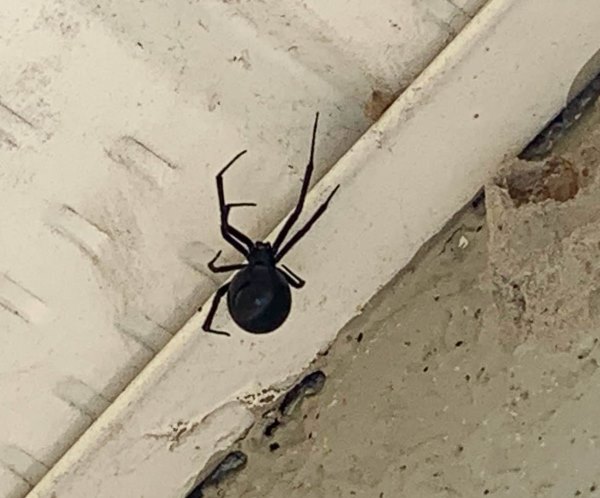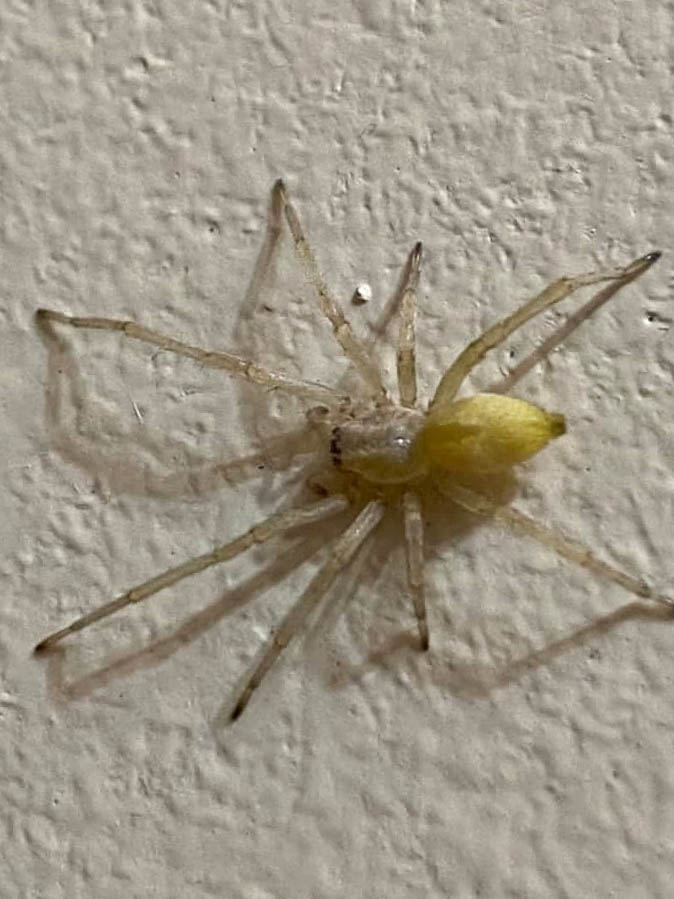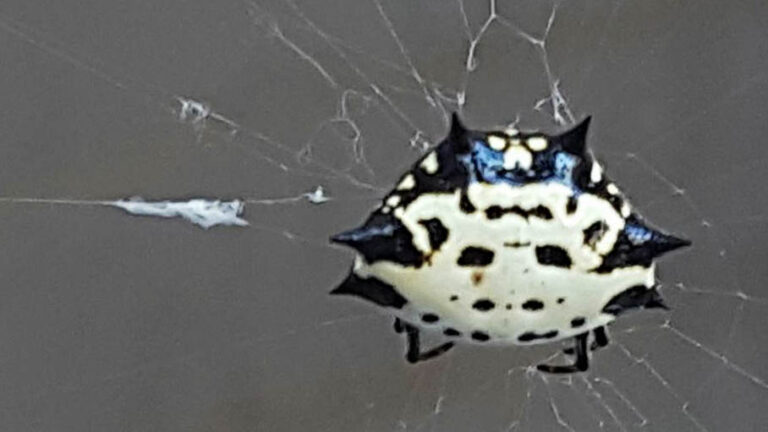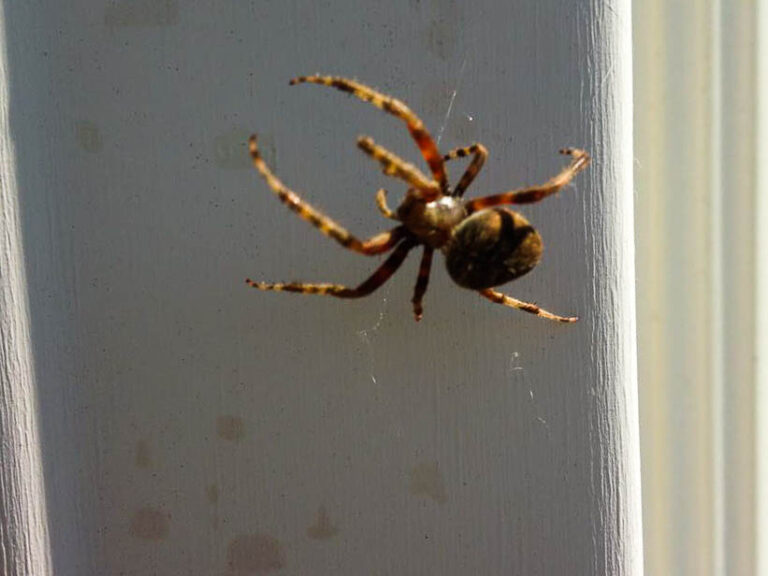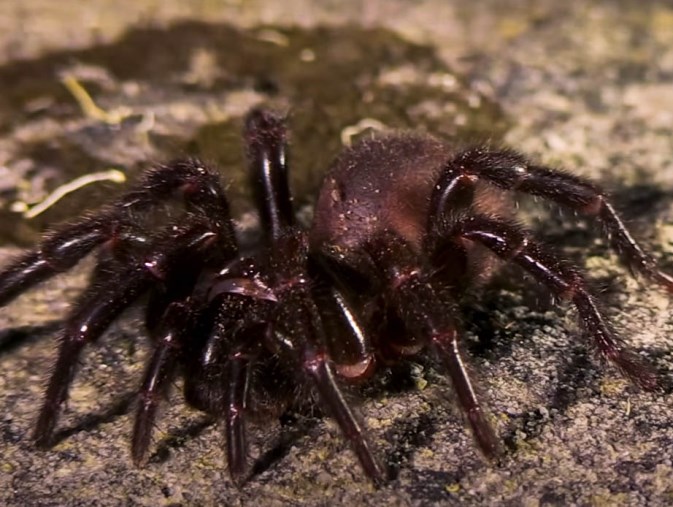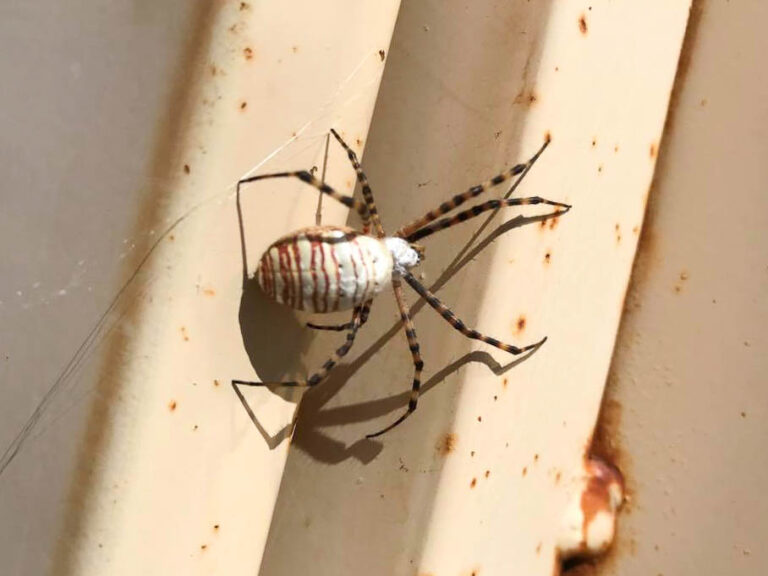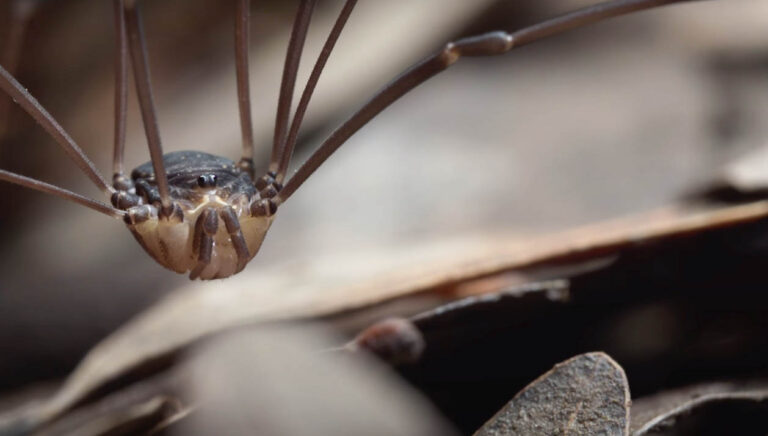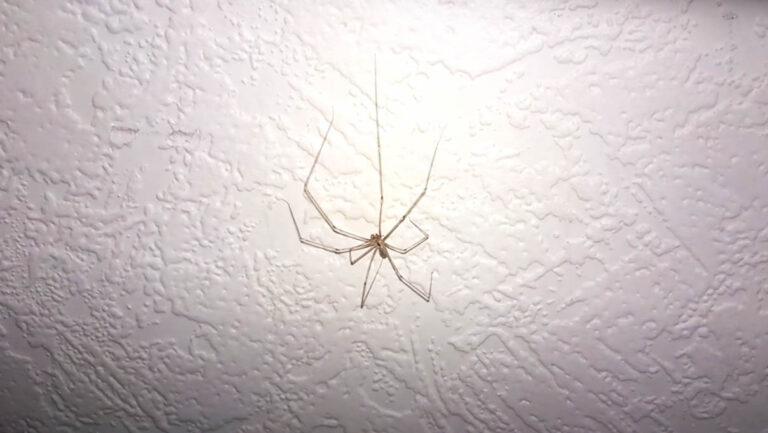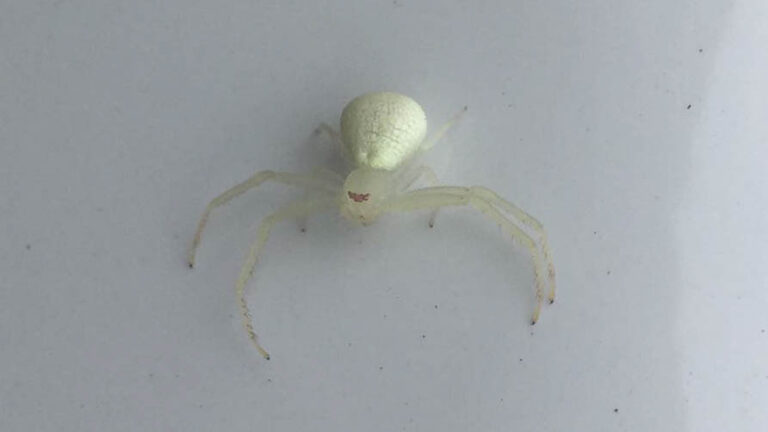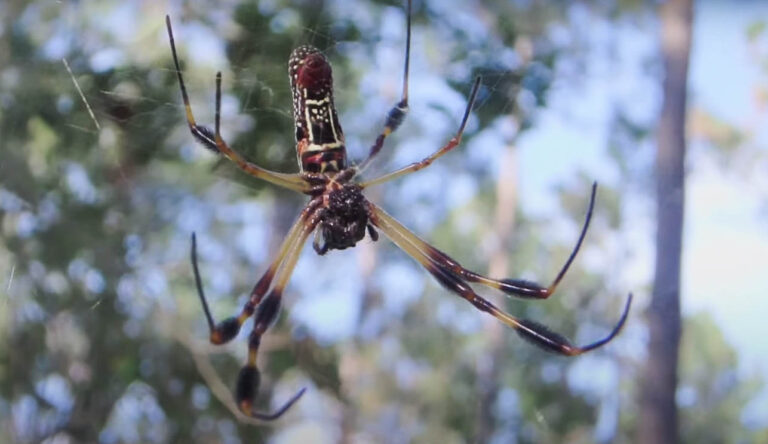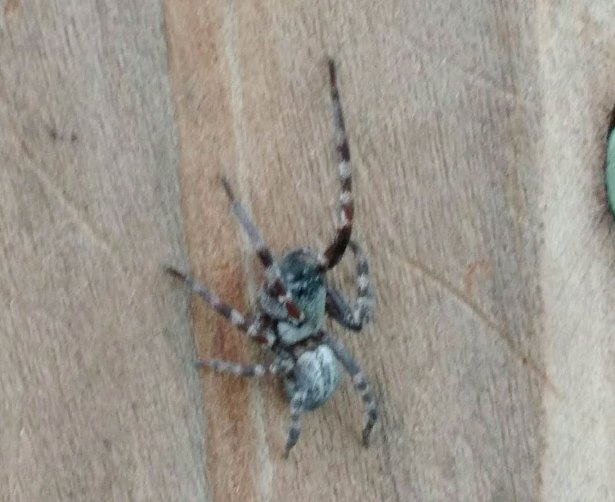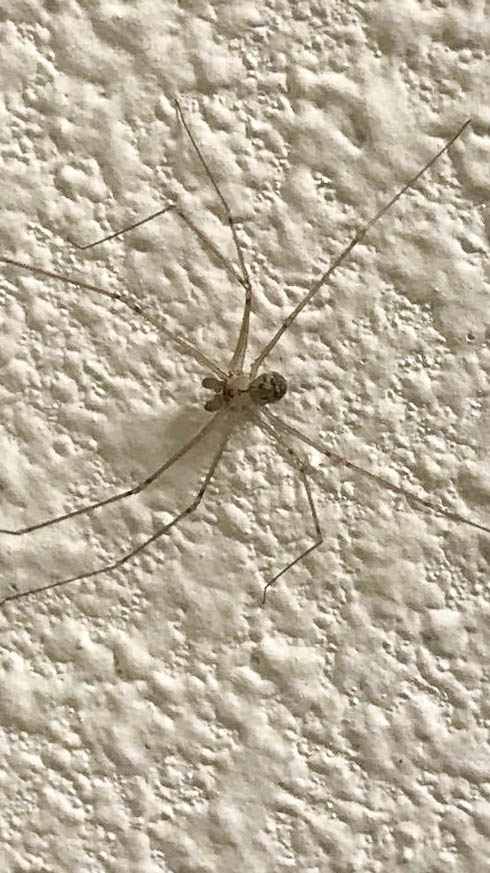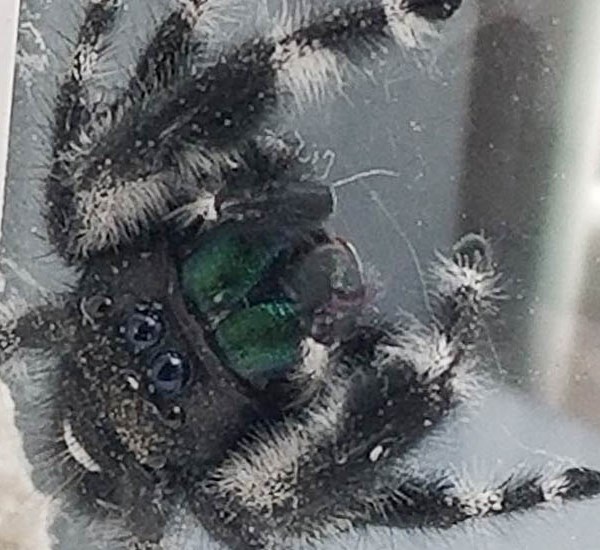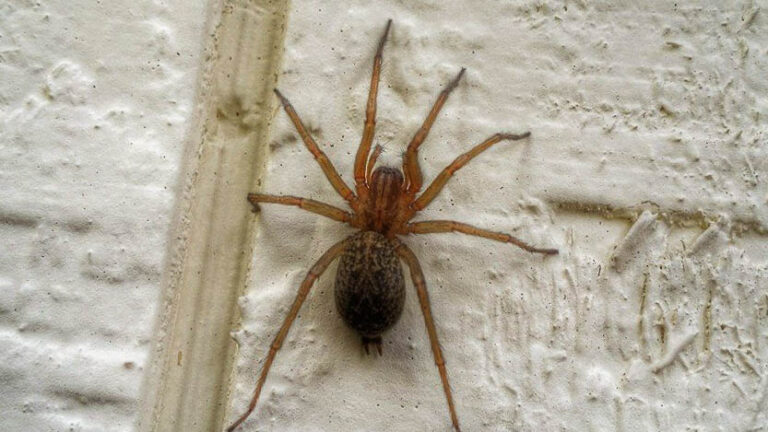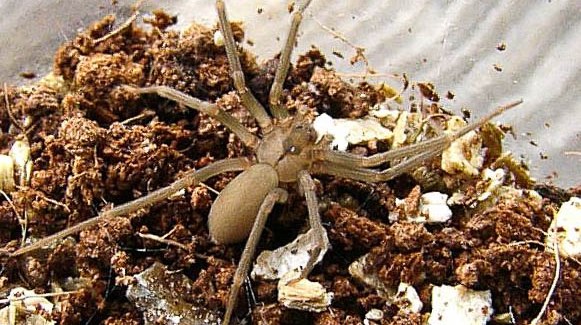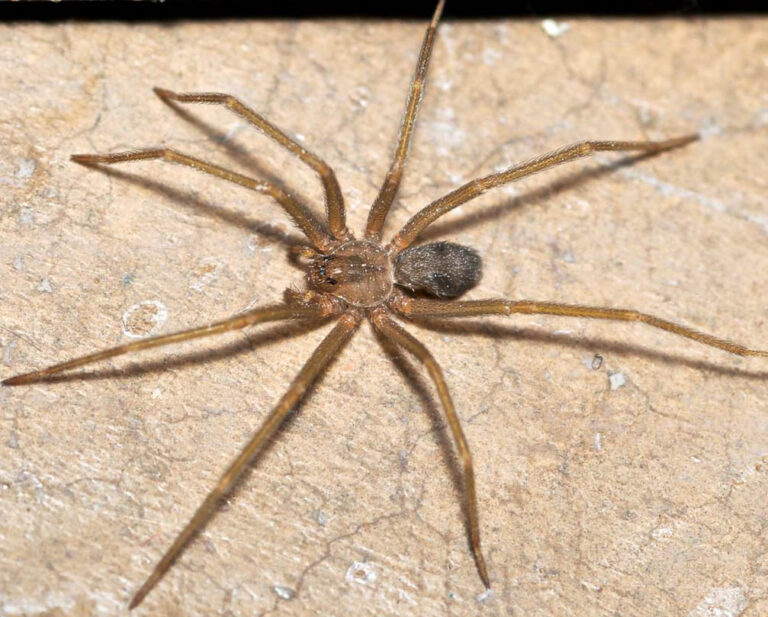About Black Widow Spiders
About Black Widow Spiders
Black widows (Latrodectus mactans) are venomous spiders identified by their figure that resembles a red hourglass on their abdomen. They are one of the most feared spiders in North America because of their nasty bite, though the bite is not fatal. You might be wondering, why the name “black widow”? This spider species prey on their male counterparts after mating; thus, male black widows are rarely seen.
Appearance
The females are unique: they have glossy black bodies with a red shape that resembles an hourglass on its abdomen. The males can be identified by yellowish spots and red bands on their backs. Unlike females, males are usually harmless. The appearance varies across different species. However, the hourglass shape is their unique identifying feature. Females grow to 1.5 inches long, almost twice the male’s size, which is usually smaller.
The size of the “window” explains why it is easy for them to kill the males. They have eight legs with a somewhat disorganized web. Their egg sacs are oval, brown, and fragile and hold up to 750 eggs. This female spider species guards her eggs jealously in her web, so you better be careful when dusting the webs. To remove the webs effectively, use a vacuum cleaner.
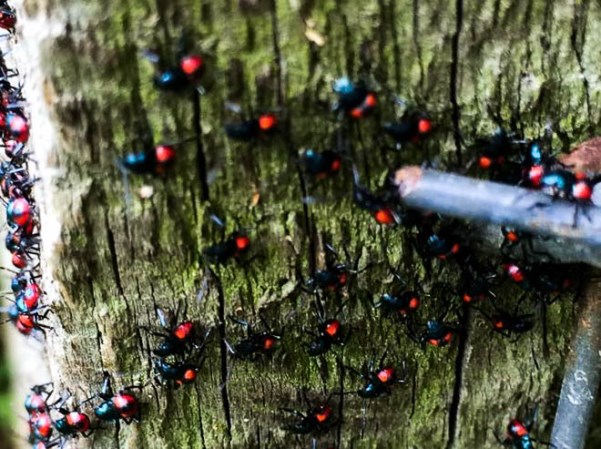
The hatched black widow spiders are white and gain the black color with time as they molt to adulthood.
Behavior
Black widow spiders spend most of their daytime on the web waiting for prey to get entangled in it. They kill their prey by first injecting their venom on them before dosing them with enzymes to break their body down before feasting on them. Some of the black widow spider’s favorite meals include caterpillars, mosquitoes, grasshoppers, and flies. These species have a habit of hanging upside down on their webs. The black widow spiders can build their webs outside, but they may seek refuge in buildings when the weather becomes unfavorable. The females die in autumn after the egg-laying season.
The interaction between humans and black widow spiders is seldom. In fact, the spider’s first reaction to an encounter with humans is running away. However, they may bite when seriously threatened.
Life Cycle
Female black widows have a longer lifespan than males. But this is quite obvious. Considering that they fall prey even to their mates, they can only live up to 30 days in adulthood. Additionally, the females store the sperm she receives during mating for future fertilization after killing the male spider. Males take 71 days to molt and mature to adulthood after hatching. Contrary, females take three months to develop. After hatching, they live for up to three years after maturity. Fertilized eggs require an incubation period of 20 days before they hatch.
Habitat
Black widow spiders live in dark and dry areas that are favorable for spinning their webs.

Such areas include, under rocks, plants, and logs, among other spots. In extreme weather conditions, the black widows will look for safer conditions in buildings, caves, or houses. Even their interaction with human beings is minimal; these spider species are dominant in the United States southern regions.
Are Black Widow Spiders Harmful?
Black widow spiders are not harmful to both humans and pets unless provoked. These arachnids only bite when pinched along the body. In case they bite, they inject a deadlier venom estimated to be 15-times worse than that of a rattlesnake. Sounds awry? So, yeah, you should be careful. Common symptoms of the spider’s bite include skin rashes accompanied by itching. If you develop these symptoms after a mild bite, it’s imperative to apply an antibiotic cream. Alternatively, you can take an over-the-counter pain reliever to alleviate pain. Even though this can help, seeking medical attention promptly is highly recommended.
How to Control Black Widow Spiders
Black widow spider bites may affect your nervous system adversely. Therefore, you should take preventive measures to avoid being a victim of their deadly venom.
Spider control measures involve a combination of chemical and non-chemical ways. Non-chemical measures involve limiting conditions that favor spider survival. Such include:
- Sanitation of premises
- Harborage removal
- Vacuuming
- Lighting and exclusion
On the other hand, chemical methods involve the use of pesticides that physically clear out the infestation. They include:
- Spot treatment
- Dust application
- Contact sprays
